Acherontia atropos
(Linnaeus, 1758)
-
 Subfamily: Sphinginae - Acherontiini
Subfamily: Sphinginae - Acherontiini -
 Wingspan: 90-130 mm
Wingspan: 90-130 mm -
 Flight period: Apr - Sep
Flight period: Apr - Sep -
 Spread: Common
Spread: Common -
 Host plants: Solanaceae
Host plants: Solanaceae
Information
Acherontia atropos also called Death's-head Hawk-moth is a moth of the Sphingidae family with a wingspan of 90-130 mm.
It is found throughout Europe including Iceland. *
Its range extends to the Middle East and all of Africa. ***
In Italy it is also found in the islands. *
The Death's-head Hawk-moth is a paleotropical species, present in the Afrotropical and Mediterranean regions.
It lives permanently and reproduces in Africa and in the southern part of the Mediterranean basin and in a part of western Asia.
Its range has Kuwait and Saudi Arabia as its eastern border and extends west to the Canary Islands and the Azores archipelago. ***
From May to September, migrations take place northwards that take the animals to Europe, as far as southern Scandinavia and Iceland.
The northern limit of the range has moved northwards in recent years thanks to the milder character of the winters.
It has been frequently found in countries of western Eurasia, but only a few individuals are able to successfully overwinter in these areas. ***
The front wings of Acherontia atropos are brownish, marbled with whitish and black shades, and with a white disc cell.
That of the hind wings, on the other hand, is yellow with two wide wavy dark brown bands.
The Acherontia atropos has a massive fusiform body covered by a thick down, plumy and robust antennae, of constant diameter and have hooks at the end
and aerodynamic wings arranged on the abdomen like the slopes of a roof.
The moth has a considerable size, with a weight of 1.5 g, a 6 cm long body;
in many parts of its range it is the largest moth and in Europe it is second only to the pear saturnia.
The head and thorax are brown, on the dorsal side of the thorax a yellowish spot stands out, with two dark dots, reminiscent of the shape of a skull.
The abdomen is yellow with transverse blackish bands, similar to that of a hornet. **
The spiritromba is short, shorter than the chest, sturdy, stiff and covered with hair.
The coloring can vary in intensity and the drawings on the wings and abdomen can be more or less defined.
The characteristic skull-shaped patch on the dorsal side of the thorax may also sometimes be absent.
Probably the most famous belonging to the Sphingidae family, brought into vogue by Jonathan Demme's film
"the silence of the lambs" even if in reality the skull used for the image of the film is a photograph made by Luis Buñuel and Salvador Dalí.
The expression "death's head" is due to a very characteristic trait of this moth, which distinguishes it from all those with which it shares
the area.
The sexual dimorphism of this species is represented by the size, in fact the females of this species tend to be larger than the males,
they appear more voluminous and show off larger and more robust abdomens.
The Acherontia atropos at night frequents the hives, in which it feeds on the honey taken by piercing the capped cells with the short and robust spirotrumpet. ****
She is so greedy for honey that it happens that she swallows it in excessive quantities, so much so that she is unable to leave the hive and ends up suffocated by a compact group of bees.
In this case, the latter cover his corpse with propolis to prevent the decomposition from leading to infections in the hive.
The damage inflicted on bee colonies is very low in Europe, since this moth has become very rare,
victim of insecticides and light pollution, which seem to disturb its reproduction and interfere with its orientation skills,
for reasons not yet known, but probably related to the impact on the hormonal system.
The life cycle of this species sees a variable number of generations (1-3) develop over the course of the year.
It is therefore a multivoltine species. The brood cycles follow one another continuously in the African populations, while in the more northern regions
of the gamma, the Acherontia atroposoverwinters in the pupal stage, as a chrysalis in the ground.
The eggs are green or gray-blue in color and are deposited individually on the abaxial page of the leaves of the host plants.
At the time of hatching, which can take place from July to October, the larva or caterpillar has a light green color, which tends to darken as it
the animal feeds, diagonal yellow bands on the sides and a black horn on the eighth abdominal segment, at the end of the tail.
At the second stage, numerous small spines appear on the back of the caterpillar. In the third larval stage the yellow diagonal bands develop purplish or
blue and the caudal horn from black and smooth becomes yellow and grainy, curved downwards. In the final stage, the spines on the back disappear
and the larva is 13–15 cm long, has a robust appearance and can take on three different colors: green, brown or yellow.
The caterpillar moves little, only in search of fresh leaves to feed on, and it clicks its jaws or even bites if threatened.
The pupa is 75-80mm long, glossy brown with dark brown hues and pointed on the cremaster.
Pupation usually occurs at a depth of 15-40 cm in a large, smooth-sided cavity.
The main wintering stage in its resident range; it rarely survives the European winters.
Acherontia atropos is the only moth in the world capable of producing a cry with its pharynx.
In fact, both the caterpillar and the adult, when disturbed or feel threatened, emit a fairly loud sound, similar to a squeak or screech of a mouse
It is not clear exactly why the moth makes this sound. One thought is that the squeak can be used to deter potential predators. *****
The moth sucks in air, causing an internal flap between the mouth and throat to vibrate at high speed. The described "squeak" is produced during exhalation when the flap is open.
Each inhalation and exhalation cycle lasts approximately one fifth of a second.
Due to its unusual method of sound production, the squeak created by Acherontia atropos is particularly striking. *****
The larvae feed mainly on Solanaceae but also on other plants: Solanum tuberosum, Solanum dulcamara, Ligustrum, Datura,
Cannabis, Atropa, Lycium, Philadelphus, Nicotiana, Nerium, Olea, Schrebera alata, Stachytarpeta indica, Clerodendron, Tecomaria,
Tecoma, Withania, Hoslundia, Fraxinus, Euonymus europaeus, Buddleja davidii. ******
* Lepidoptera mundi https://lepidoptera.eu/ - Fauna Europea https://fauna-eu.org/
** Bestimmungshilfe für die in Europa nachgewiesenen Schmetterlingsarten - http://lepiforum.de/ -
*** Sphingidae of the Western Palaearctic - by A.R. Pittaway - https://tpittaway.tripod.com/sphinx/a_atr.htm.htm
**** Roland Robineau, Guide de papillons nocturne de France, Delachaux et Niestlé, 2011 p. 32
***** Secret of "Death" Moth's Scary Squeak Revealed". National Geographic.
****** Moths and Butterflies of Europe and North Africa - https://leps.it/
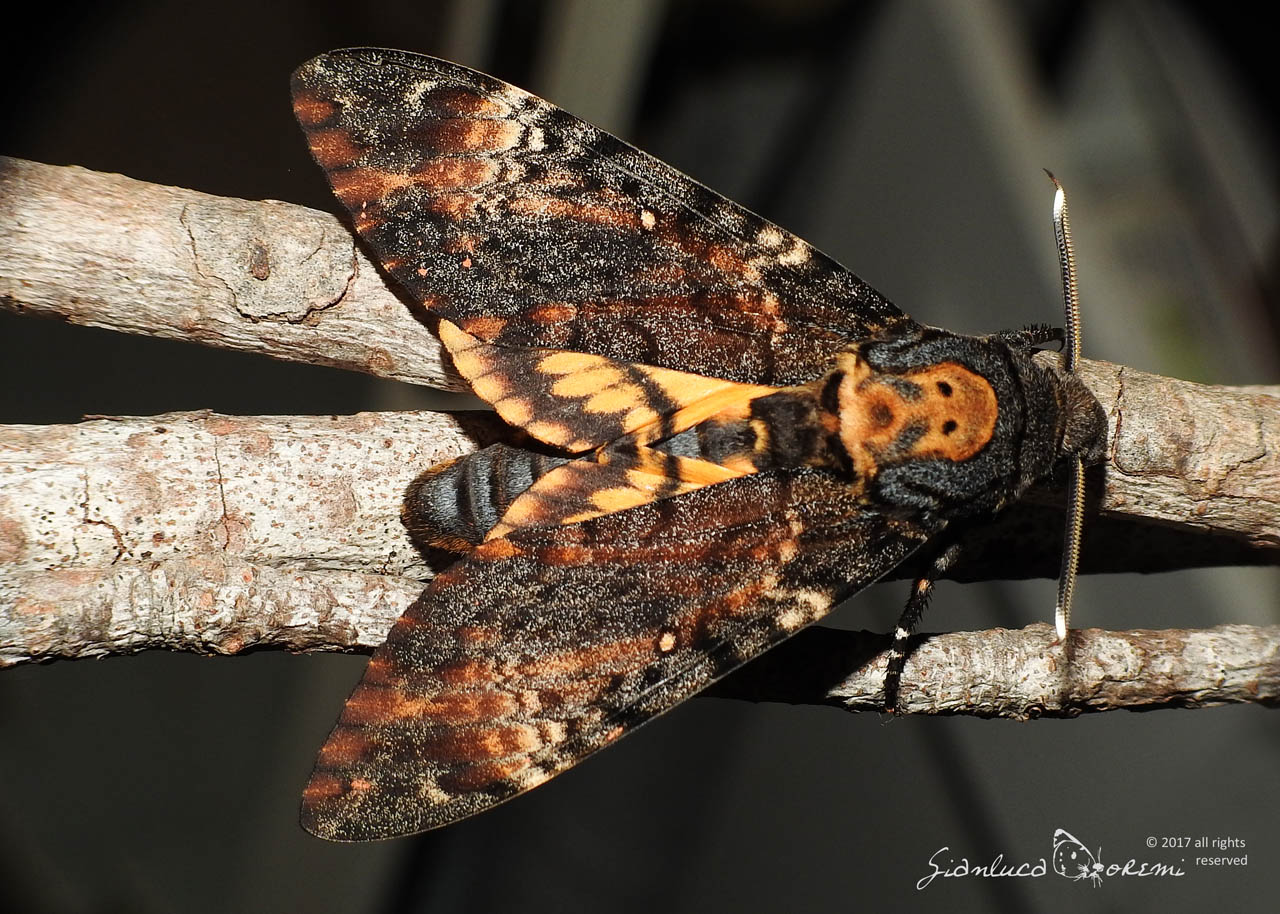




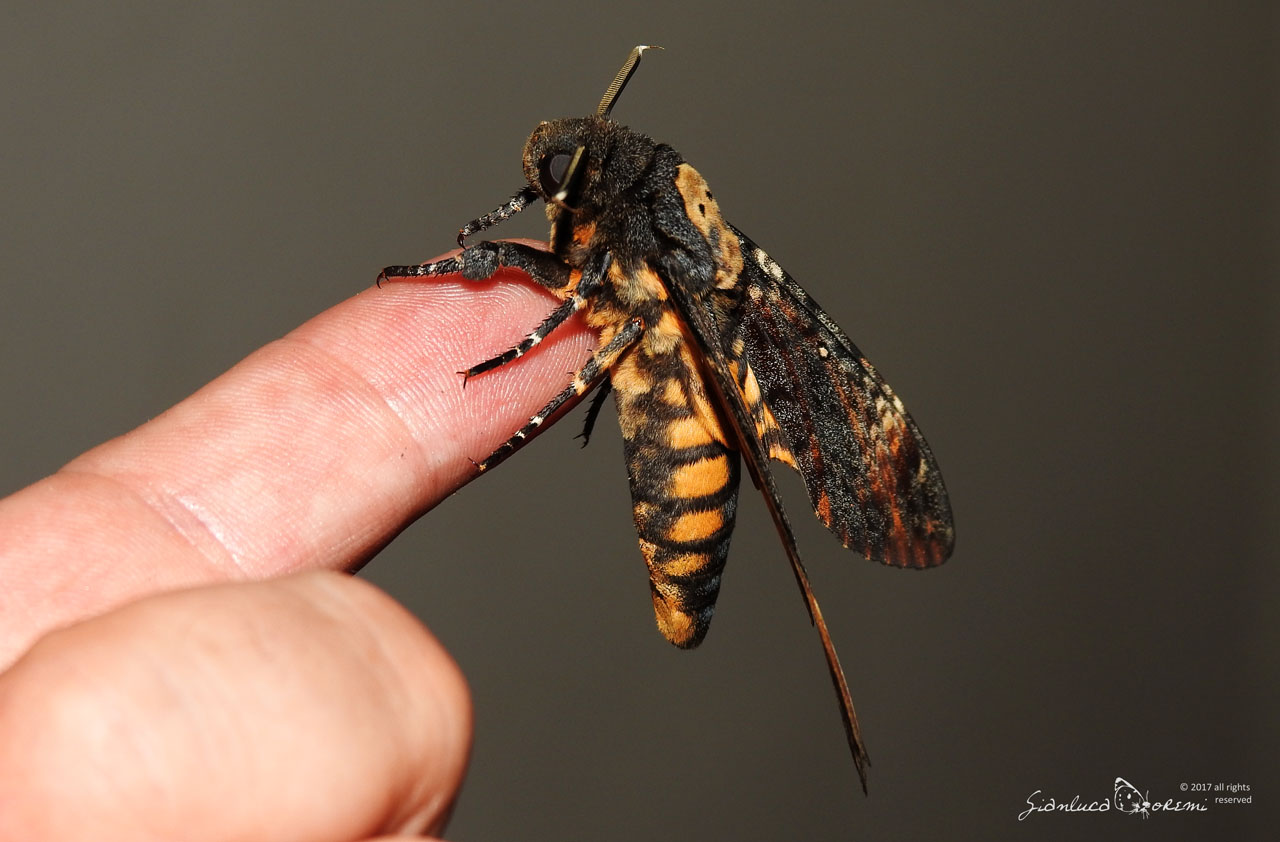
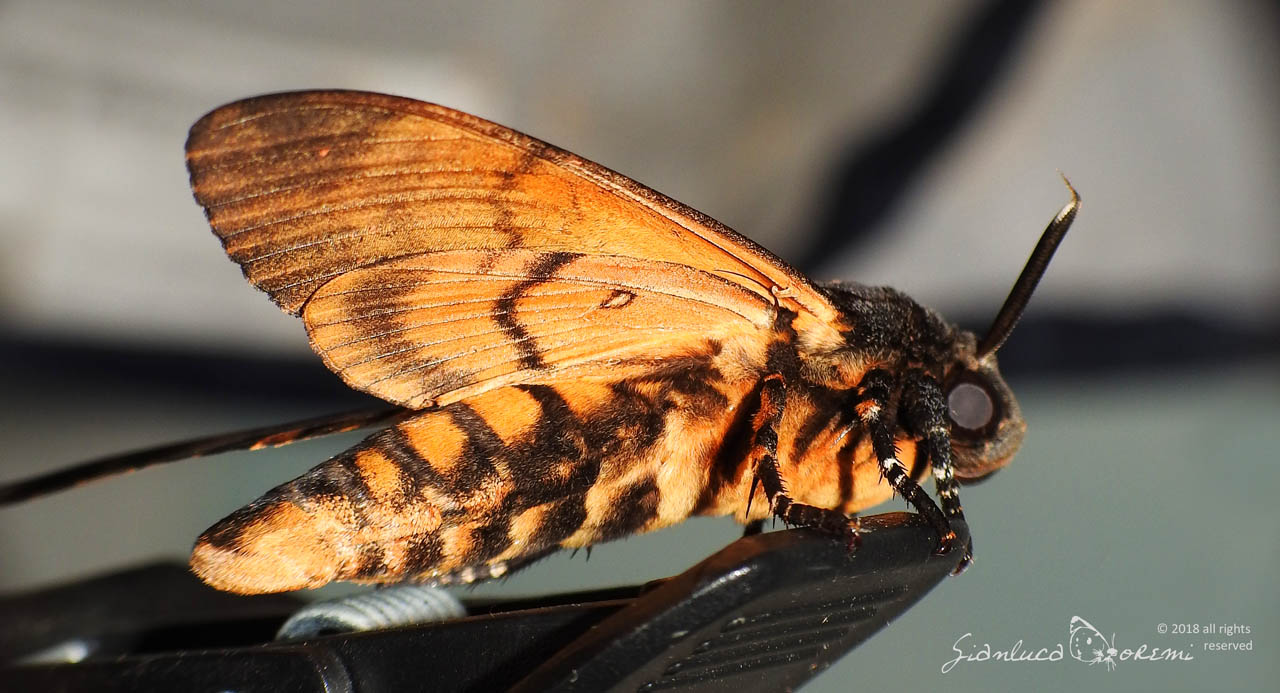

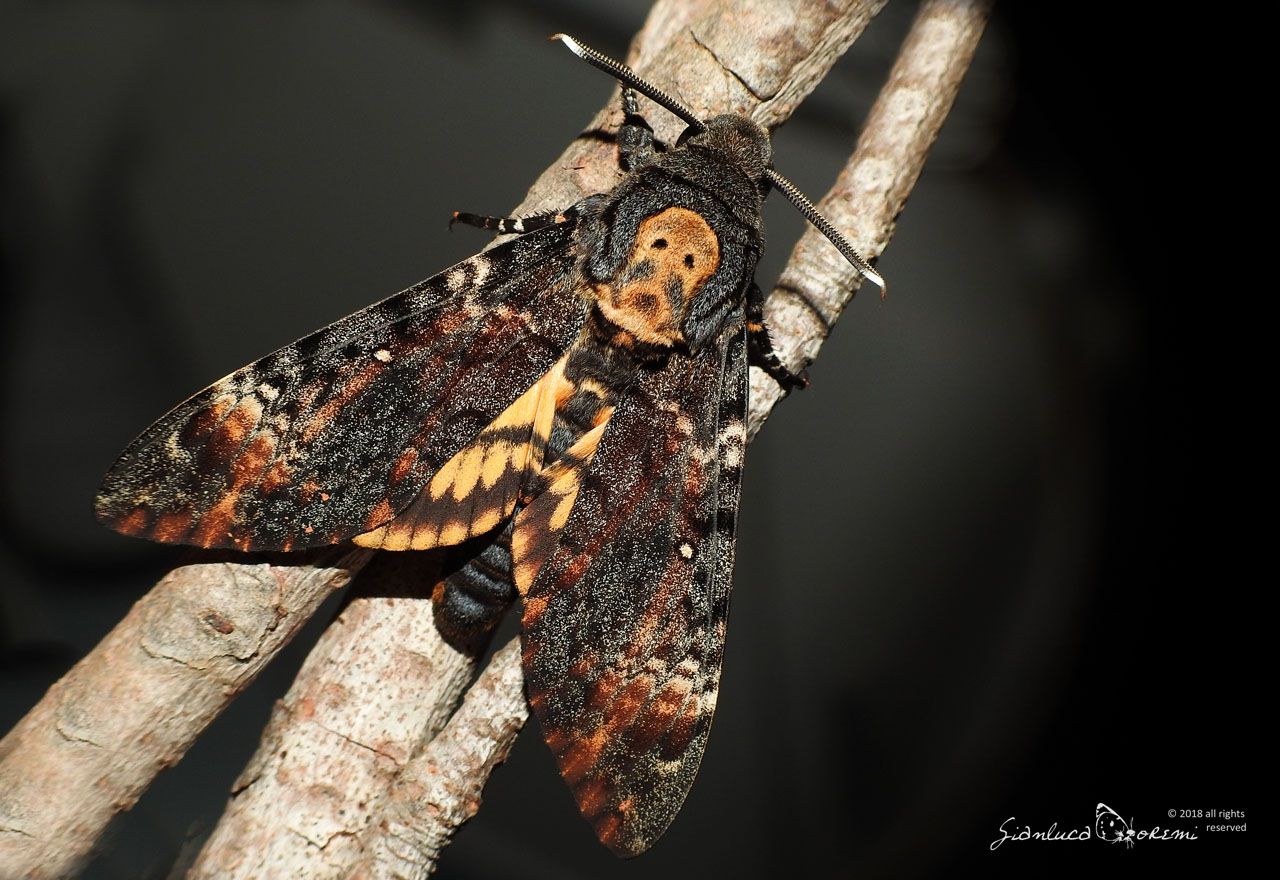
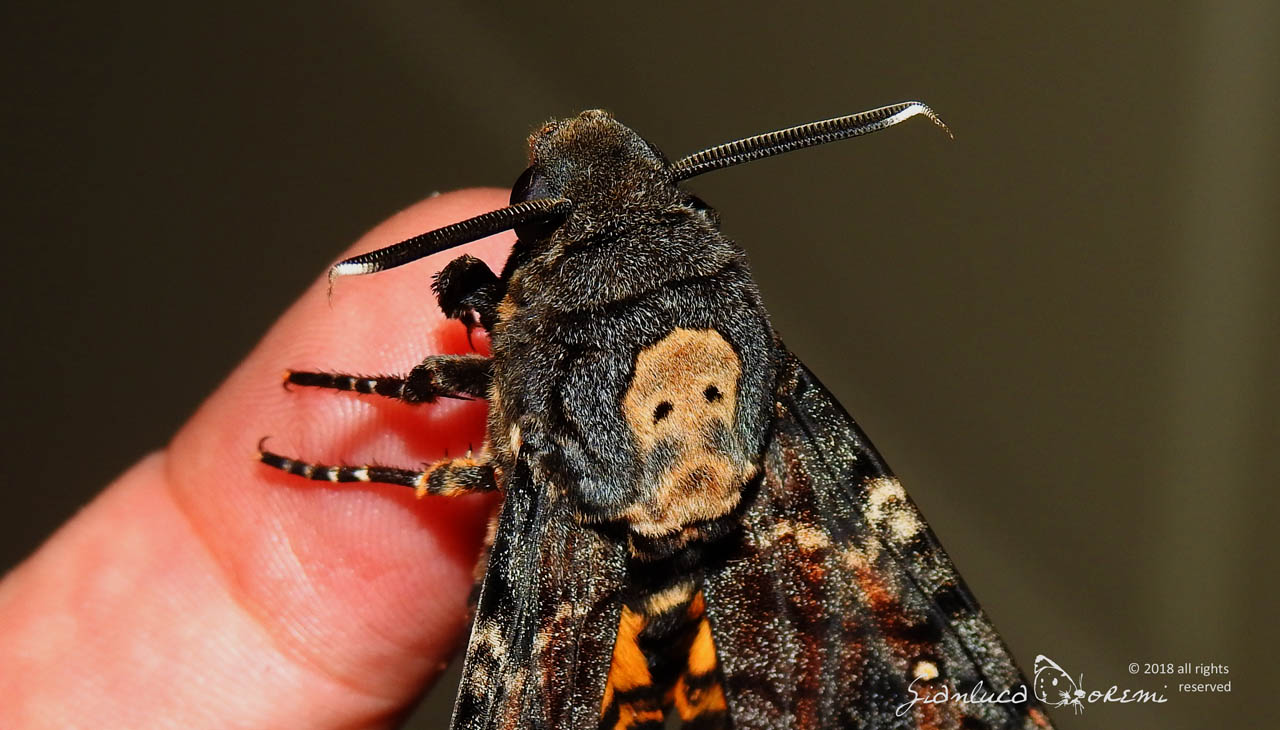
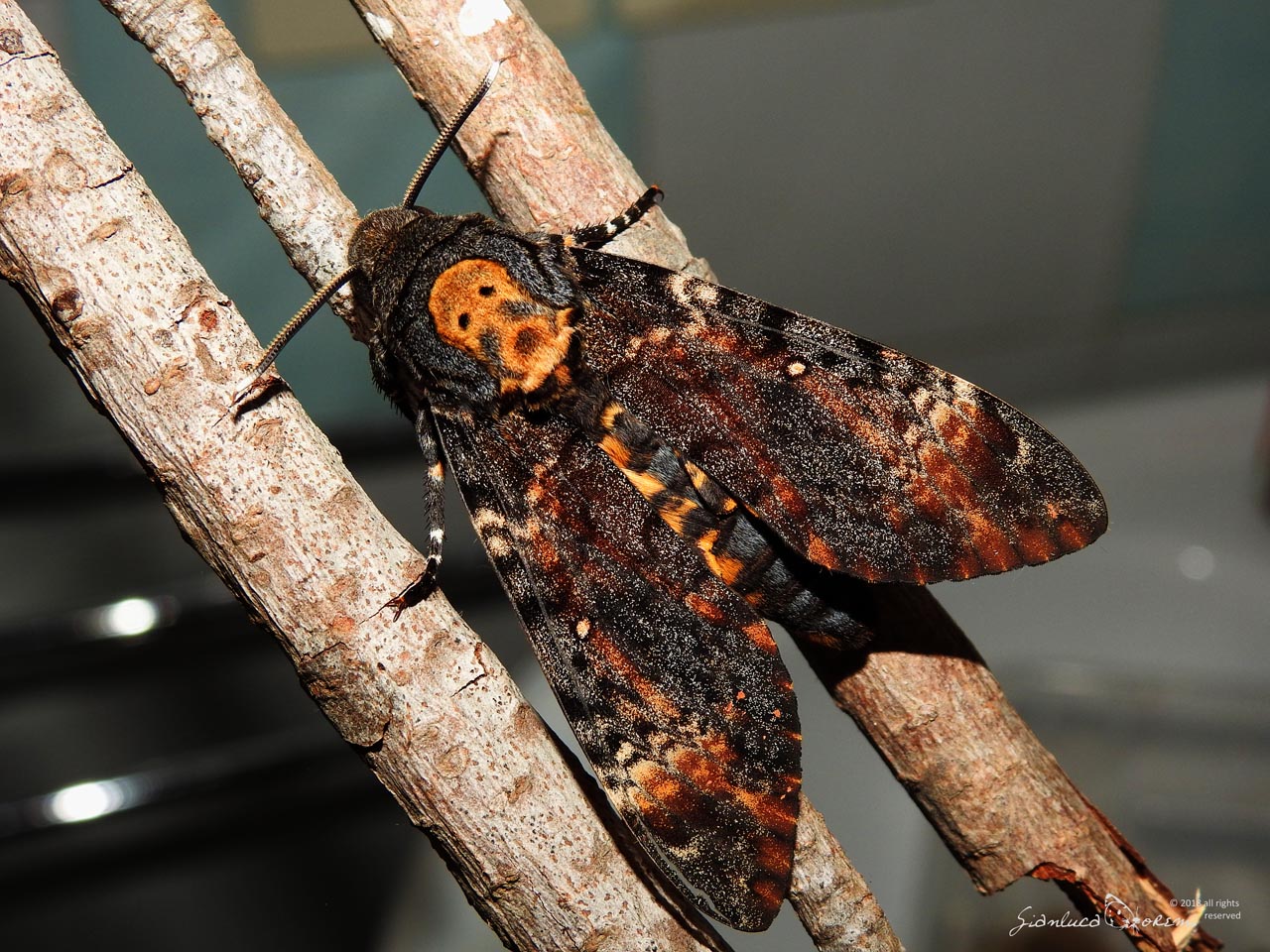
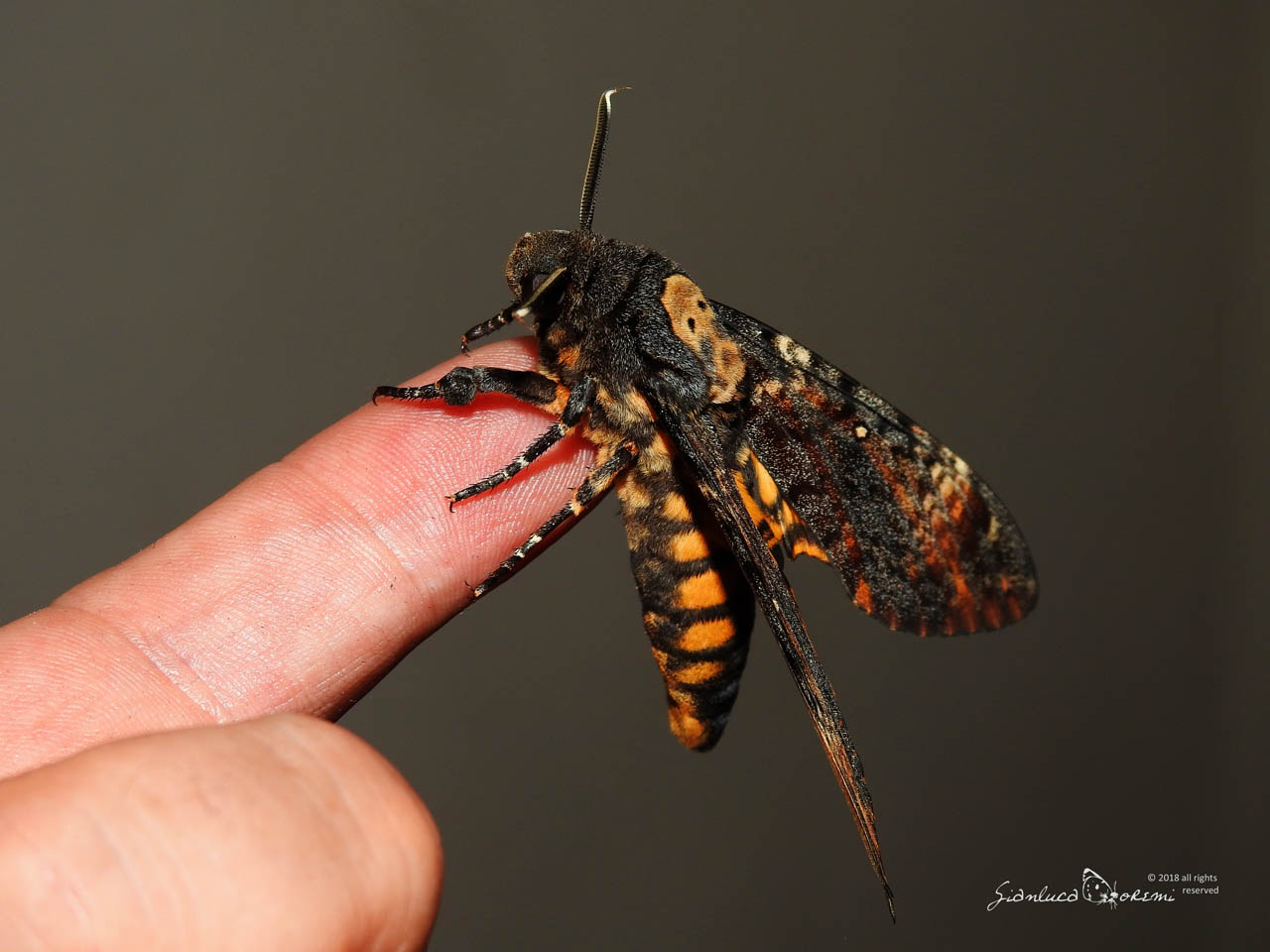
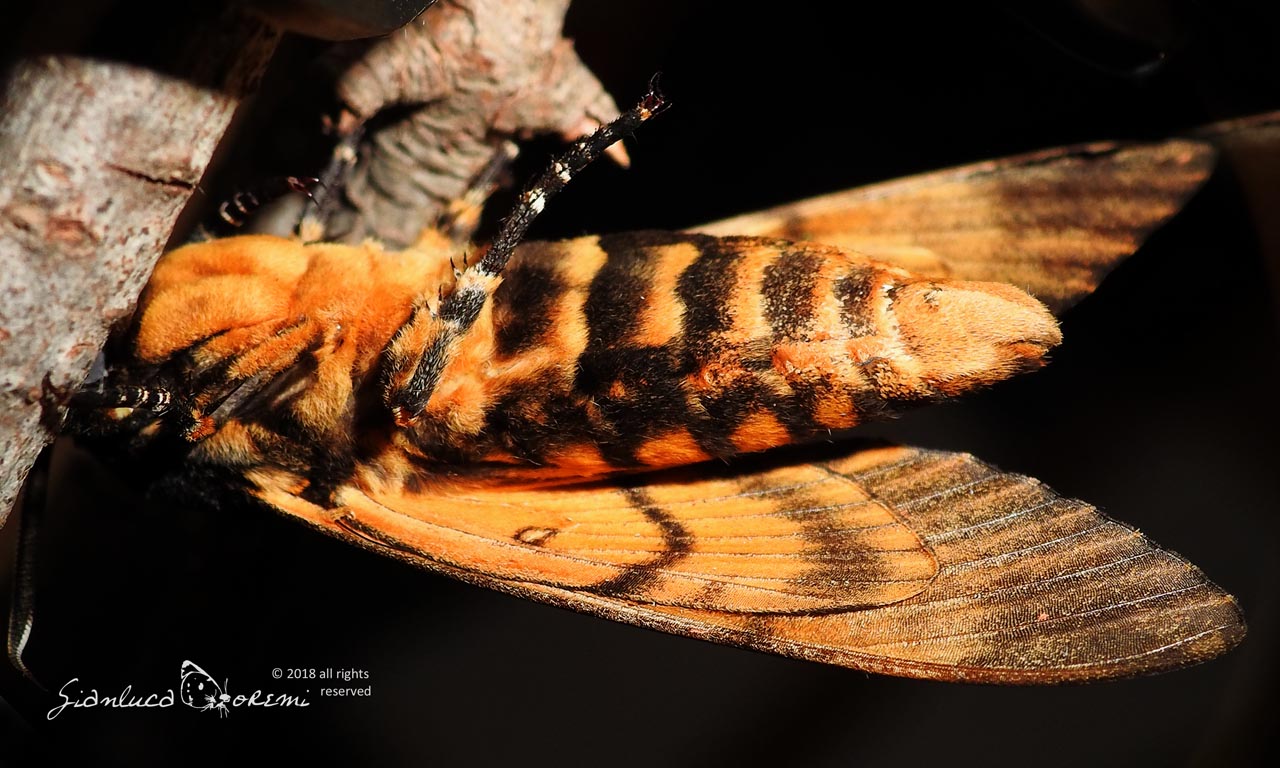
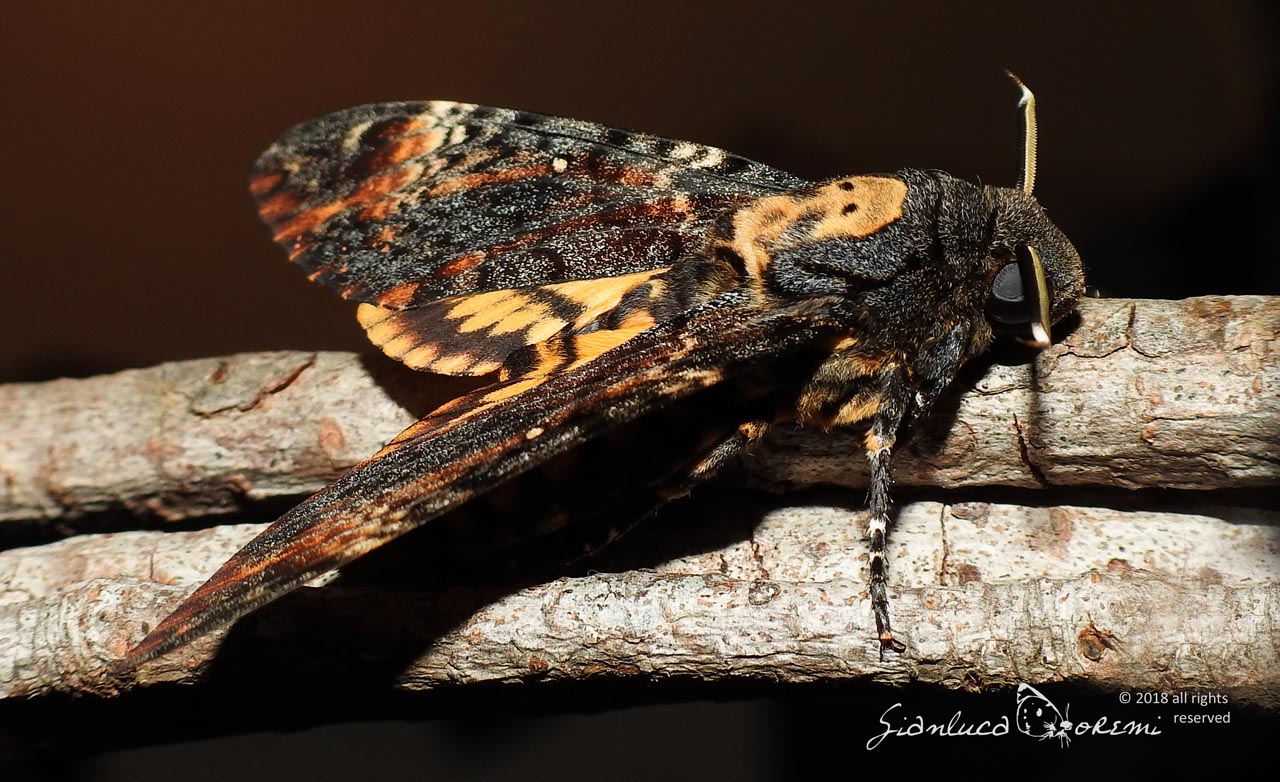

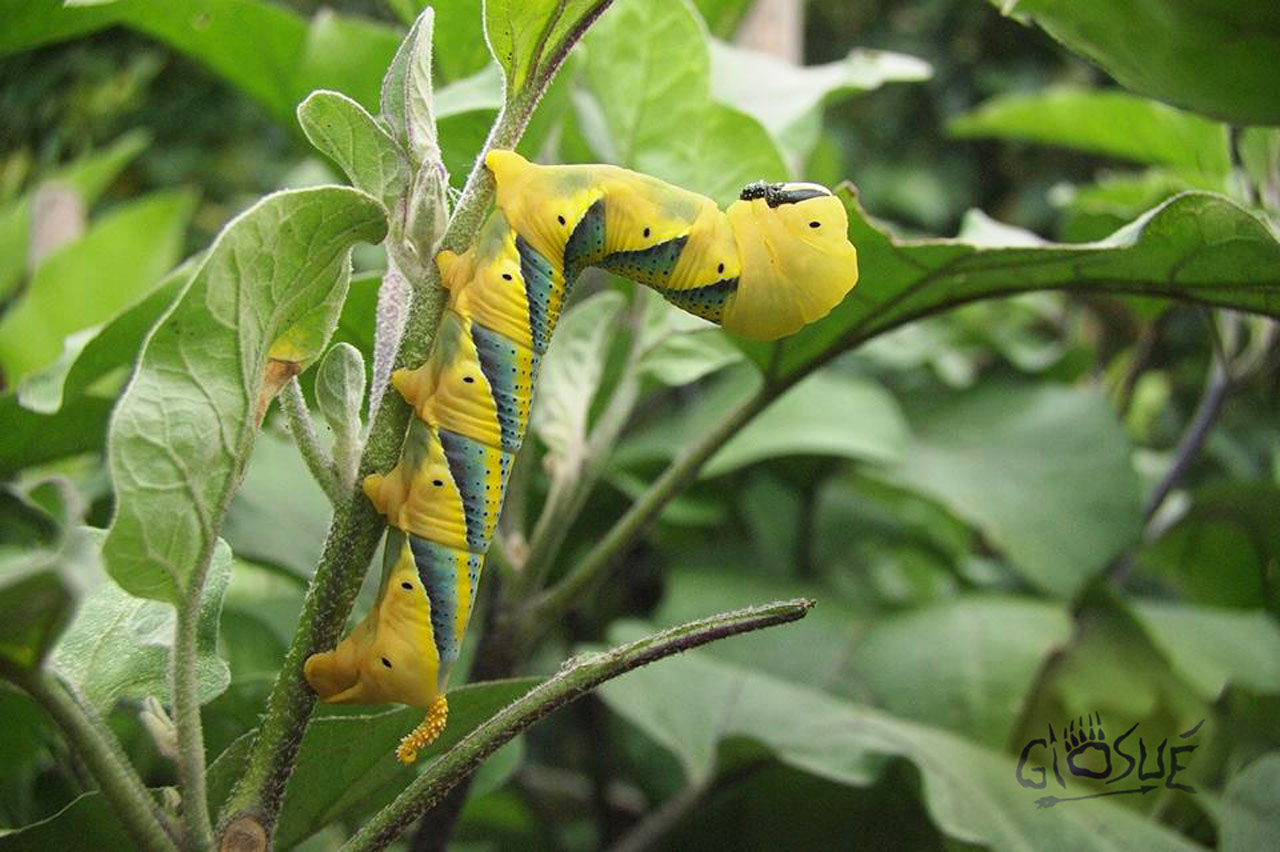
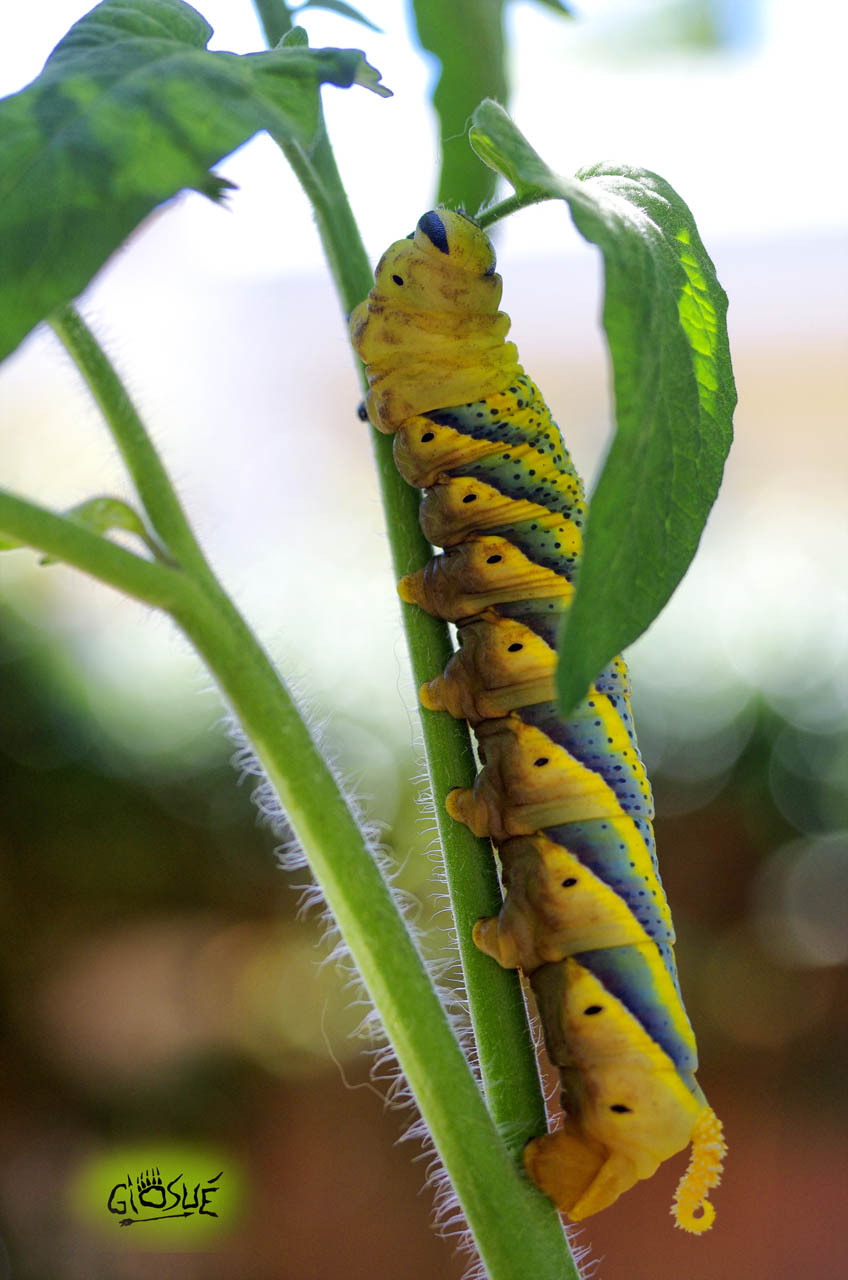

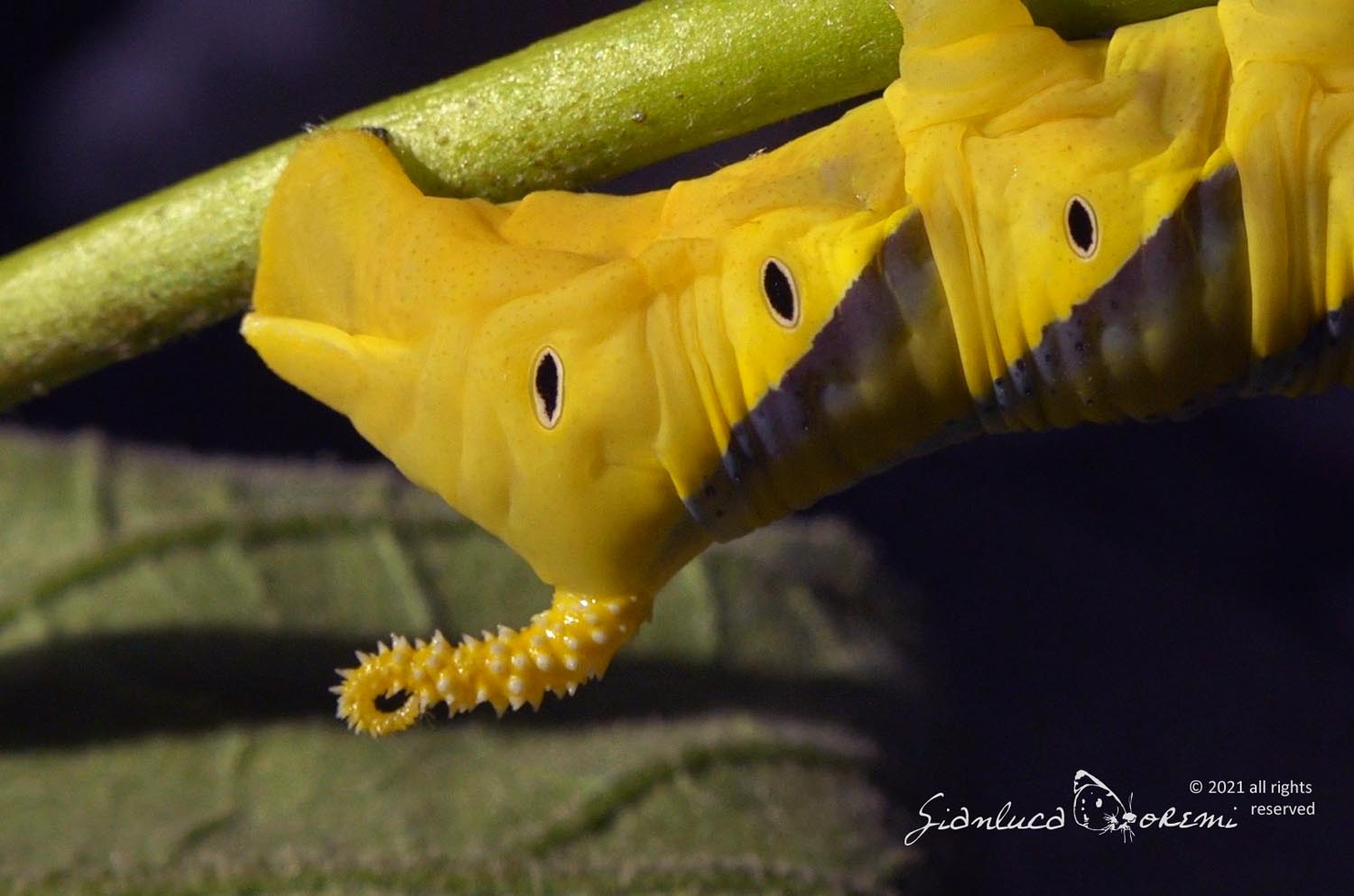
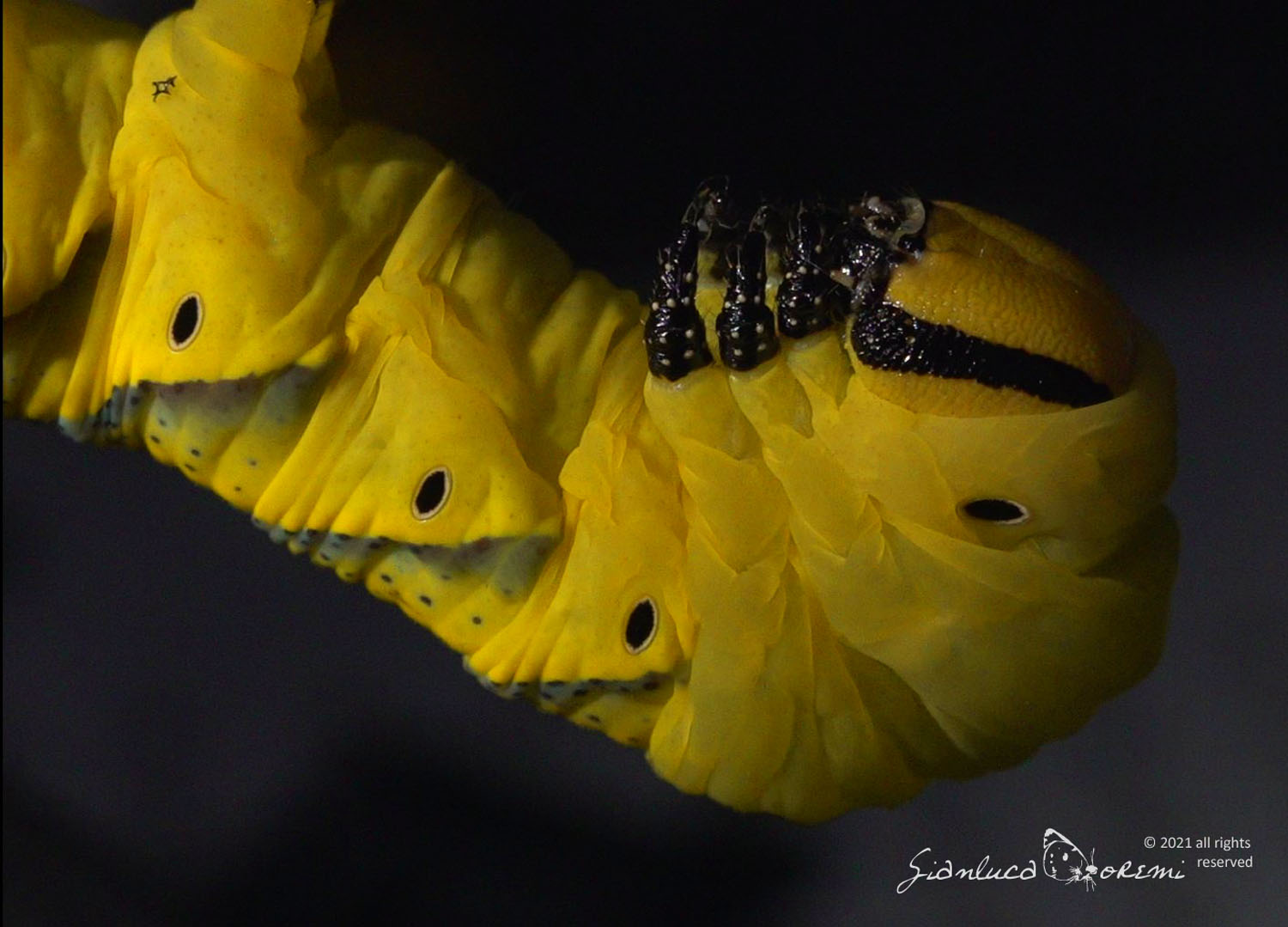

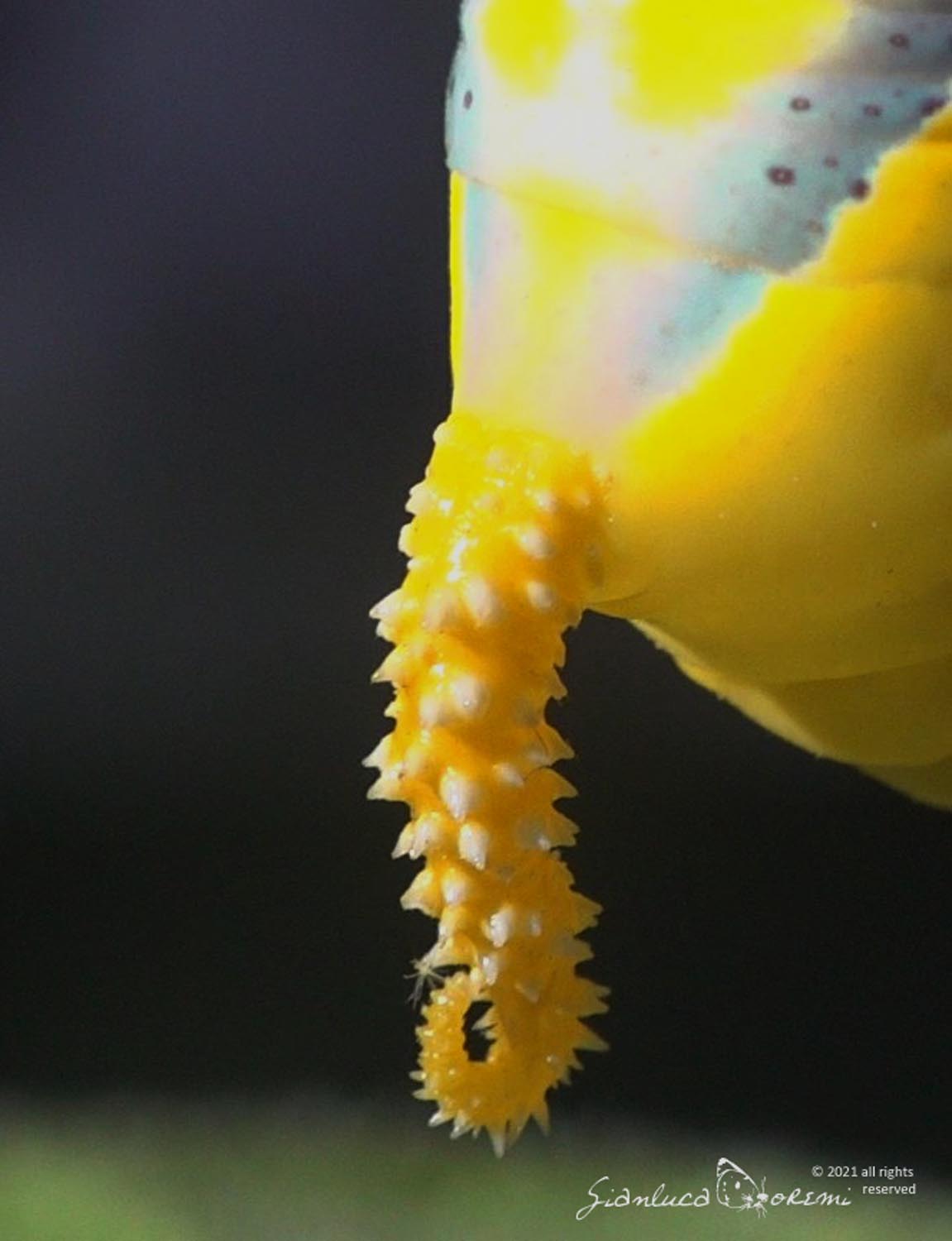
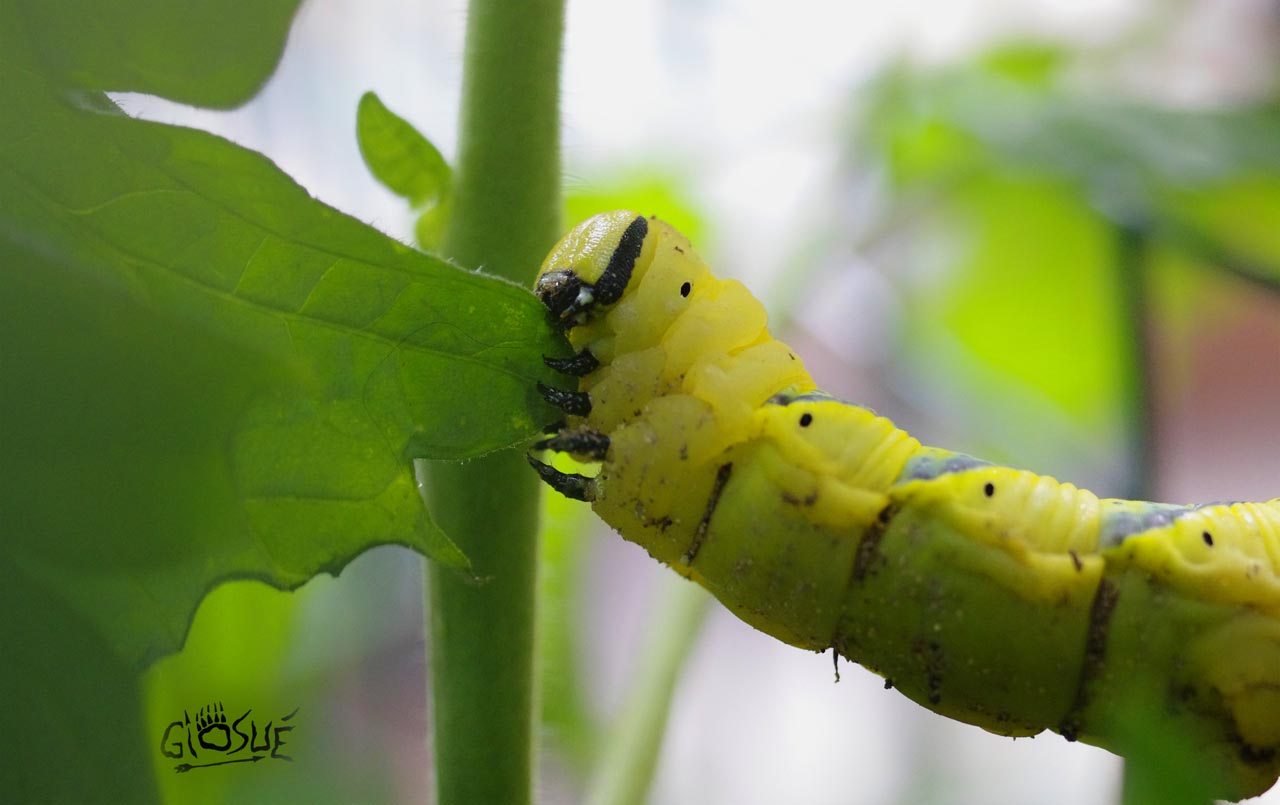
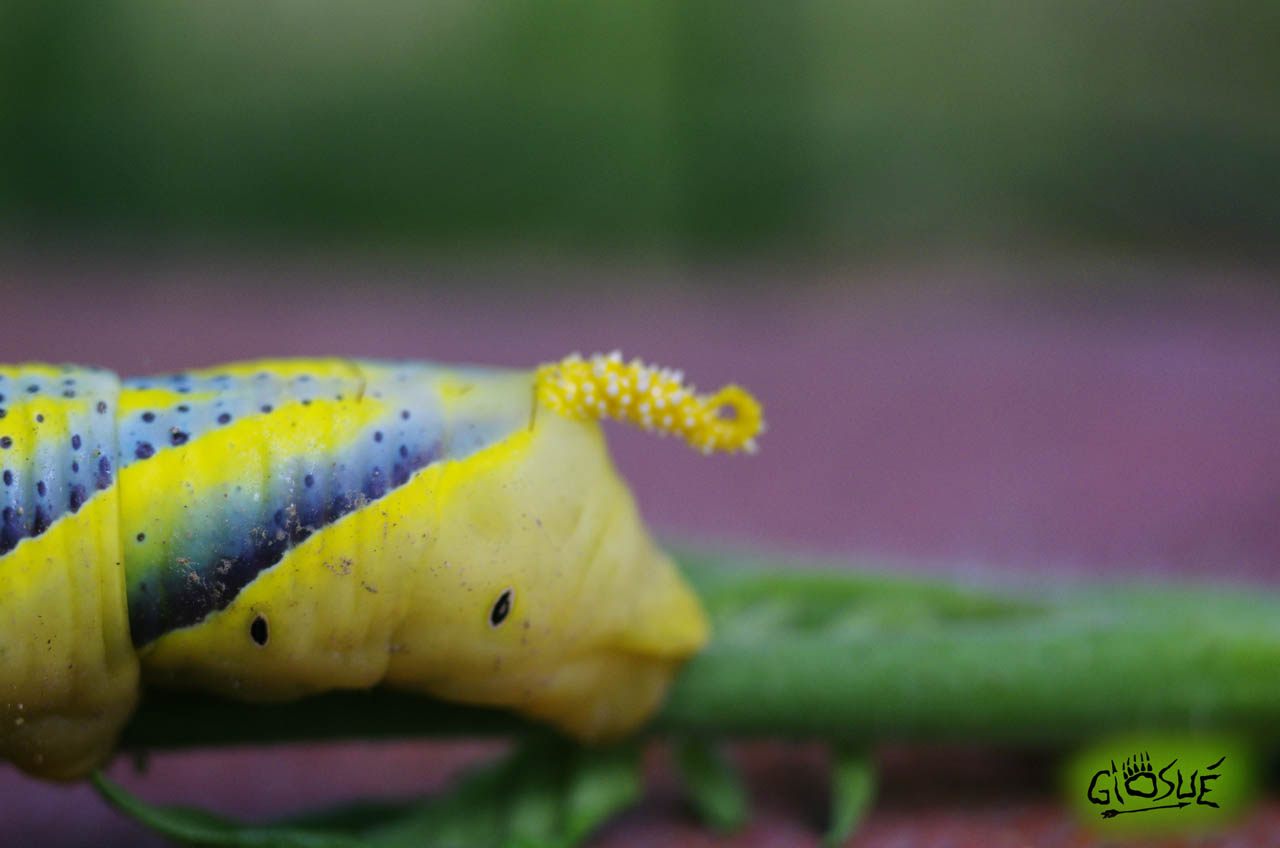
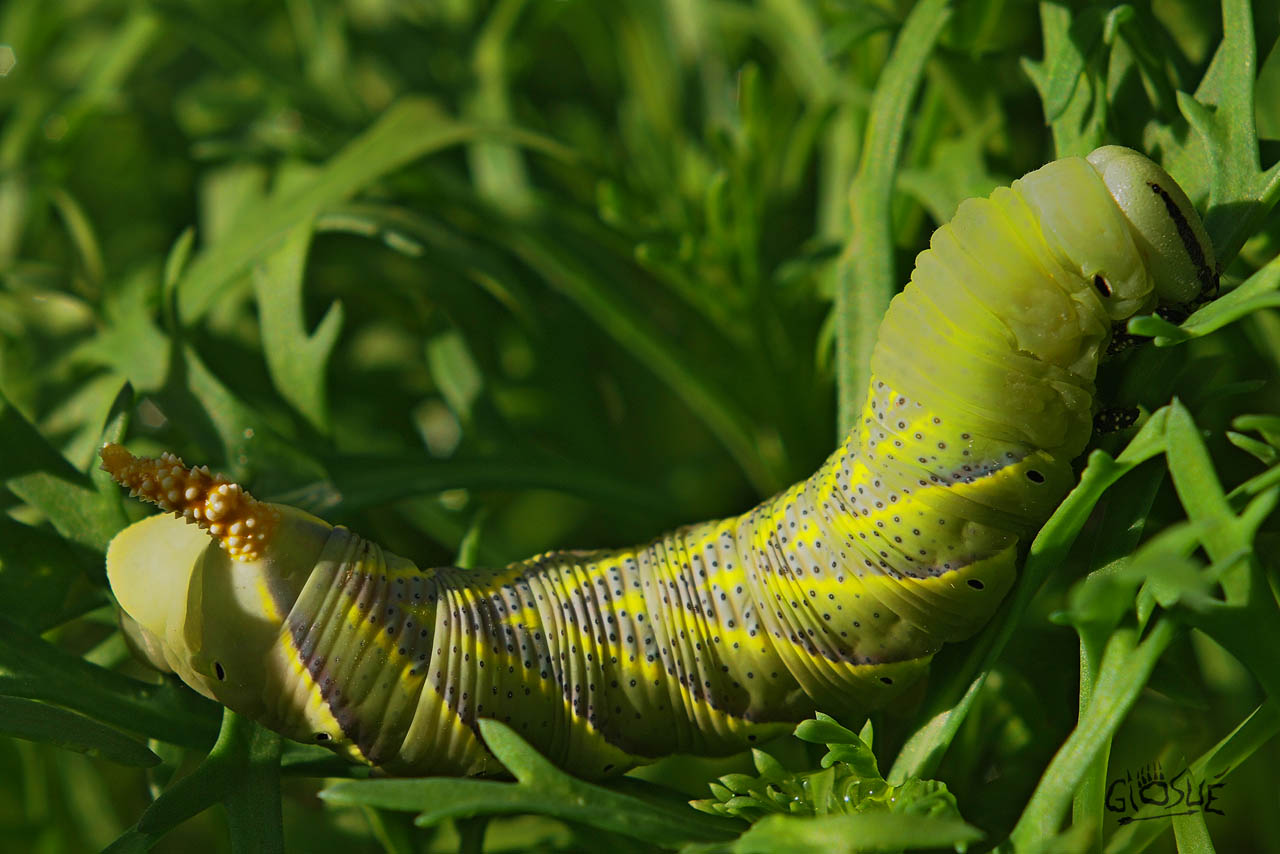
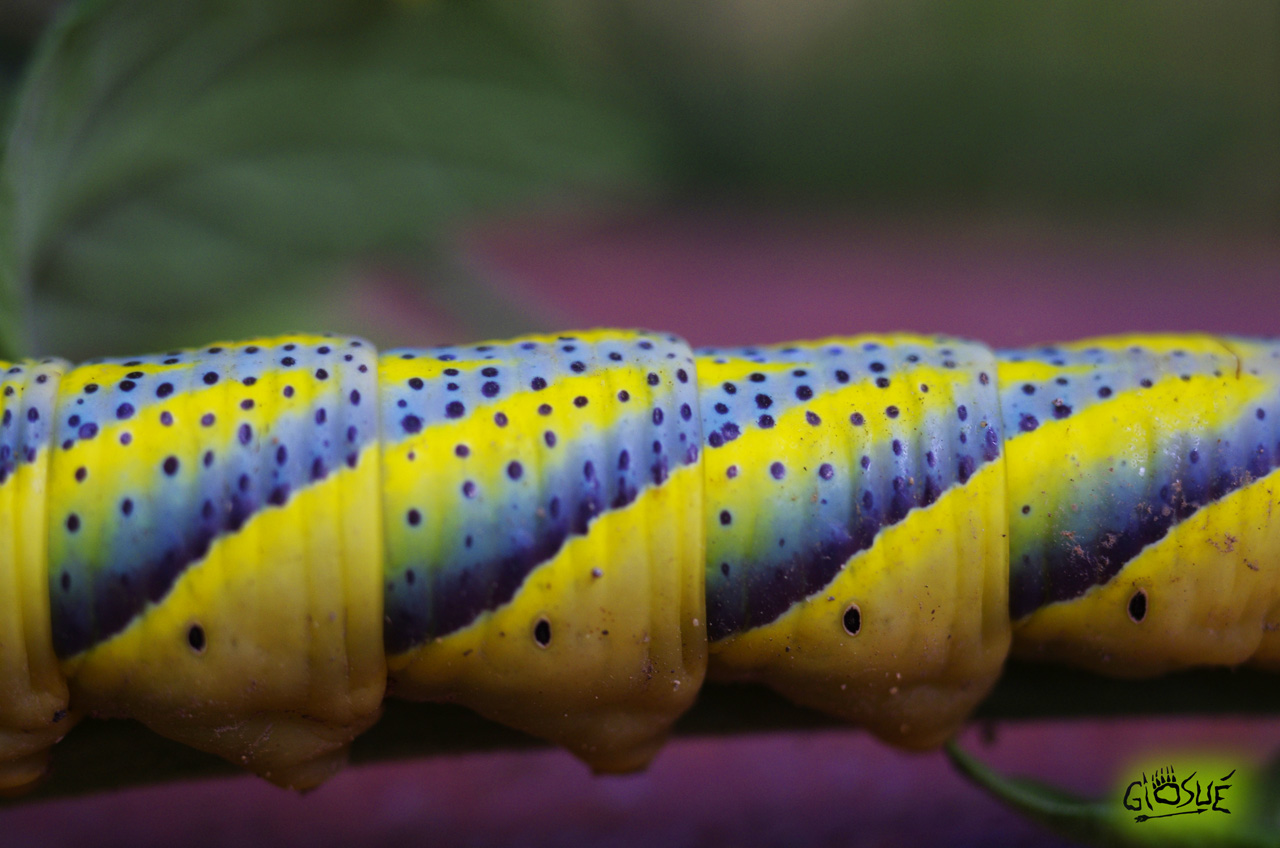
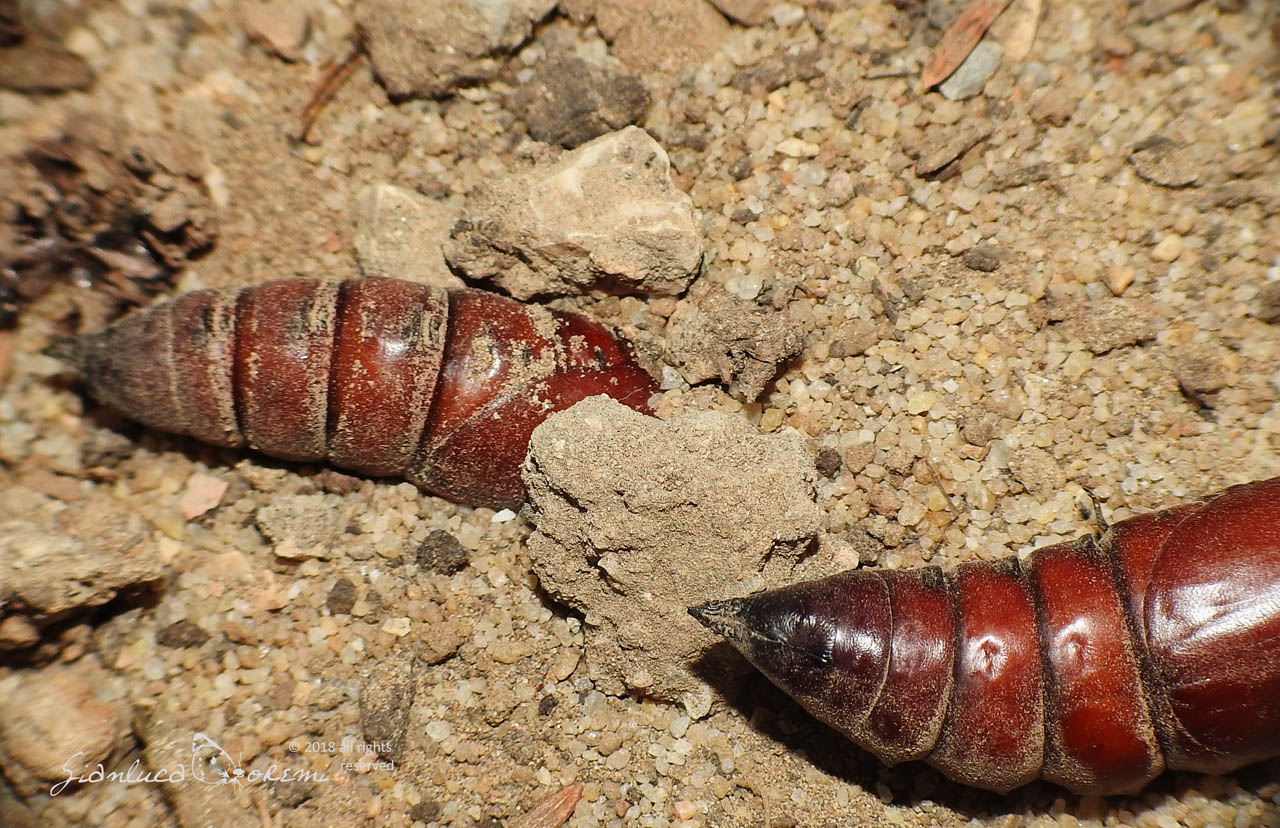
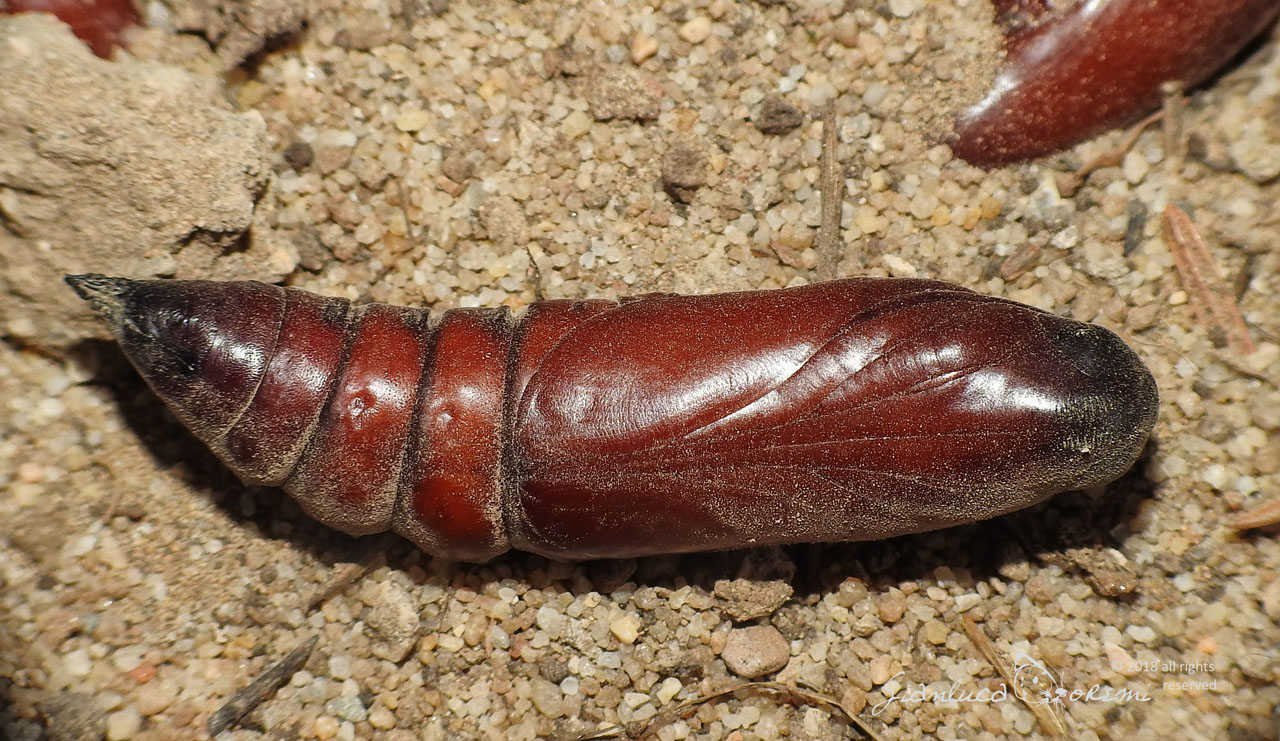

 EN
EN ITA
ITA
Social and publications